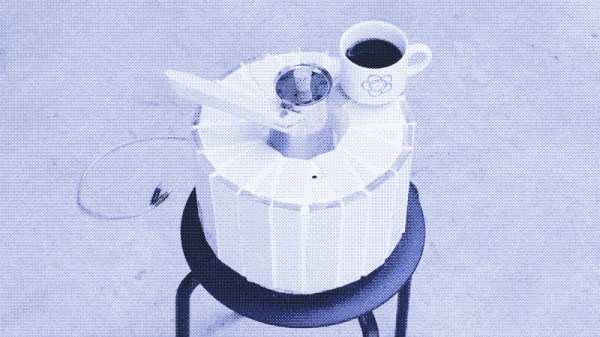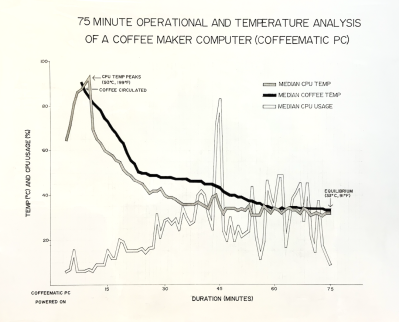The folks at Low Tech Magazine are here again, this time with a solar powered coffee maker. Lest you think of a large parabolic mirror with a pot at its focus, in this case the device is much more friendly. It’s a table-top appliance that relies upon a 100 W, 12 V panel for its operation.
They make the point that an electric coffee pot requires at least 300 W to work, so what’s the secret? In this case, insulation, as a standard moka pot is placed within a nichrome heating element set in mortar and surrounded by cork. On the outside are tiles, though they appear largely ornamental and the write-up suggests you could experiment with other materials to serve as an enclosure.
It appears to be an effective coffee maker, with the significant caveat that it’s hardly fast. In full sunlight the first pot takes over an hour to brew, with subsequent ones once it’s up to temperature being somewhat faster. But you can’t argue with the idea of free power, even if your favourite caffeinated beverage may now take a while to appear.
We like this idea, despite its slow brewing. We’ve featured Low Tech Magazine before, not least in their solar powered oven.



















